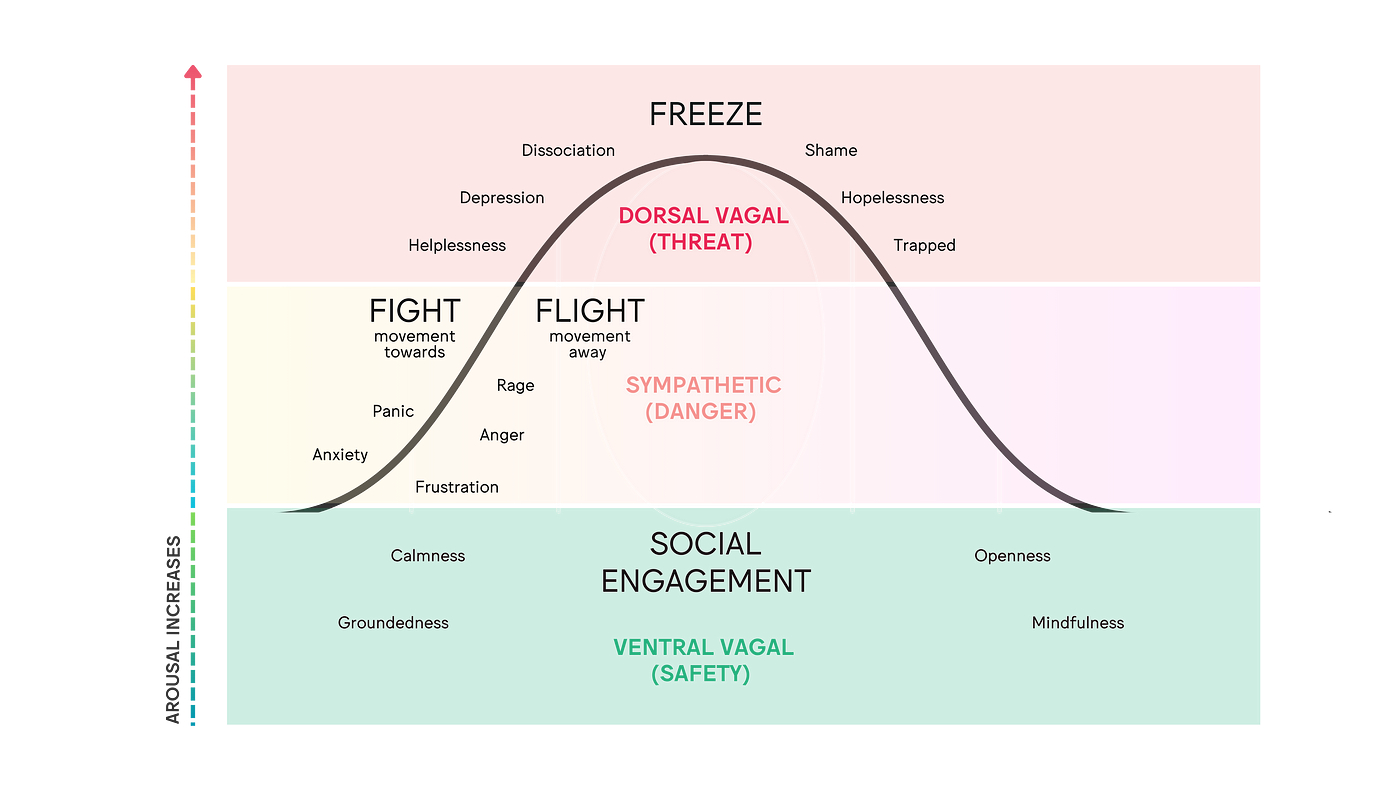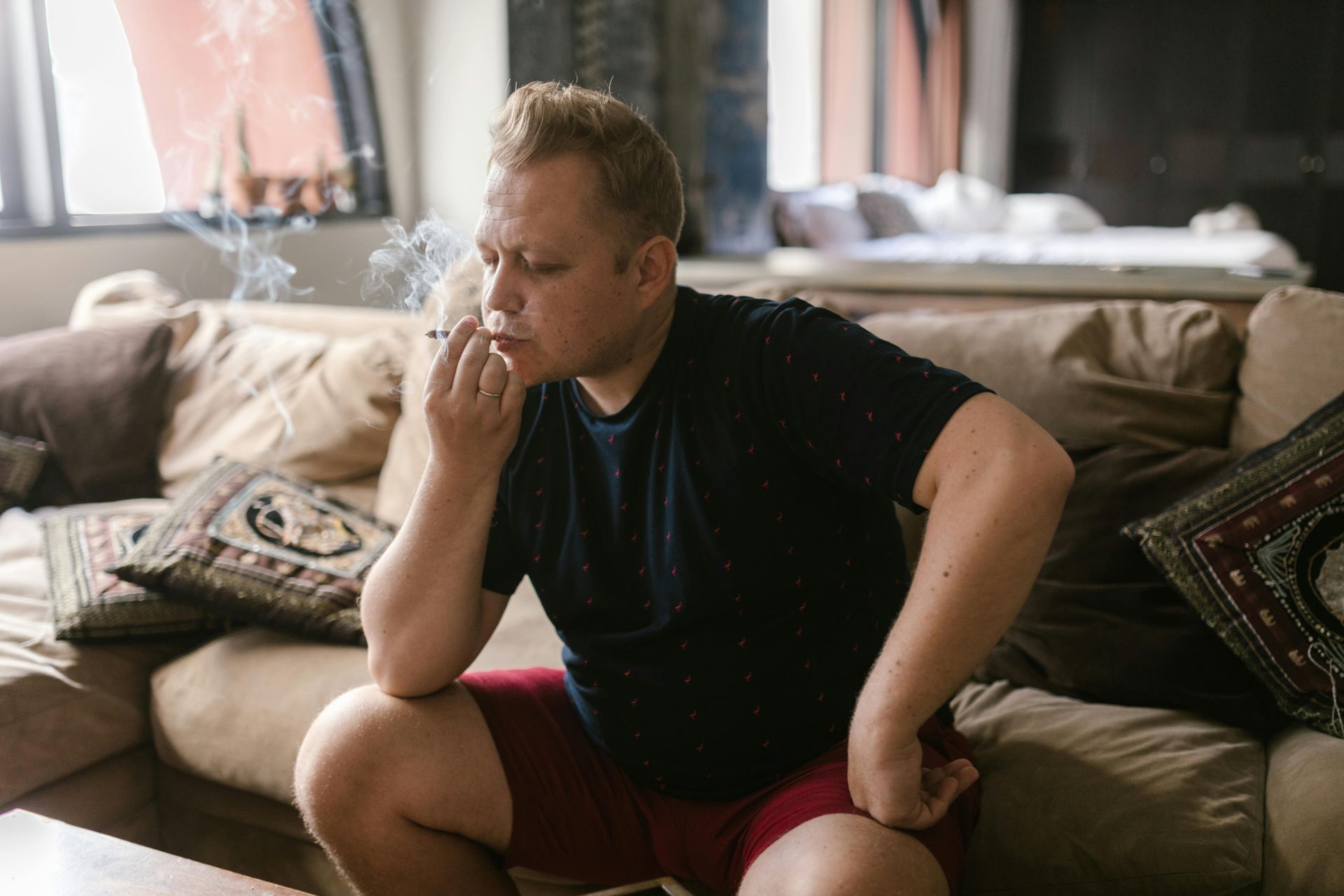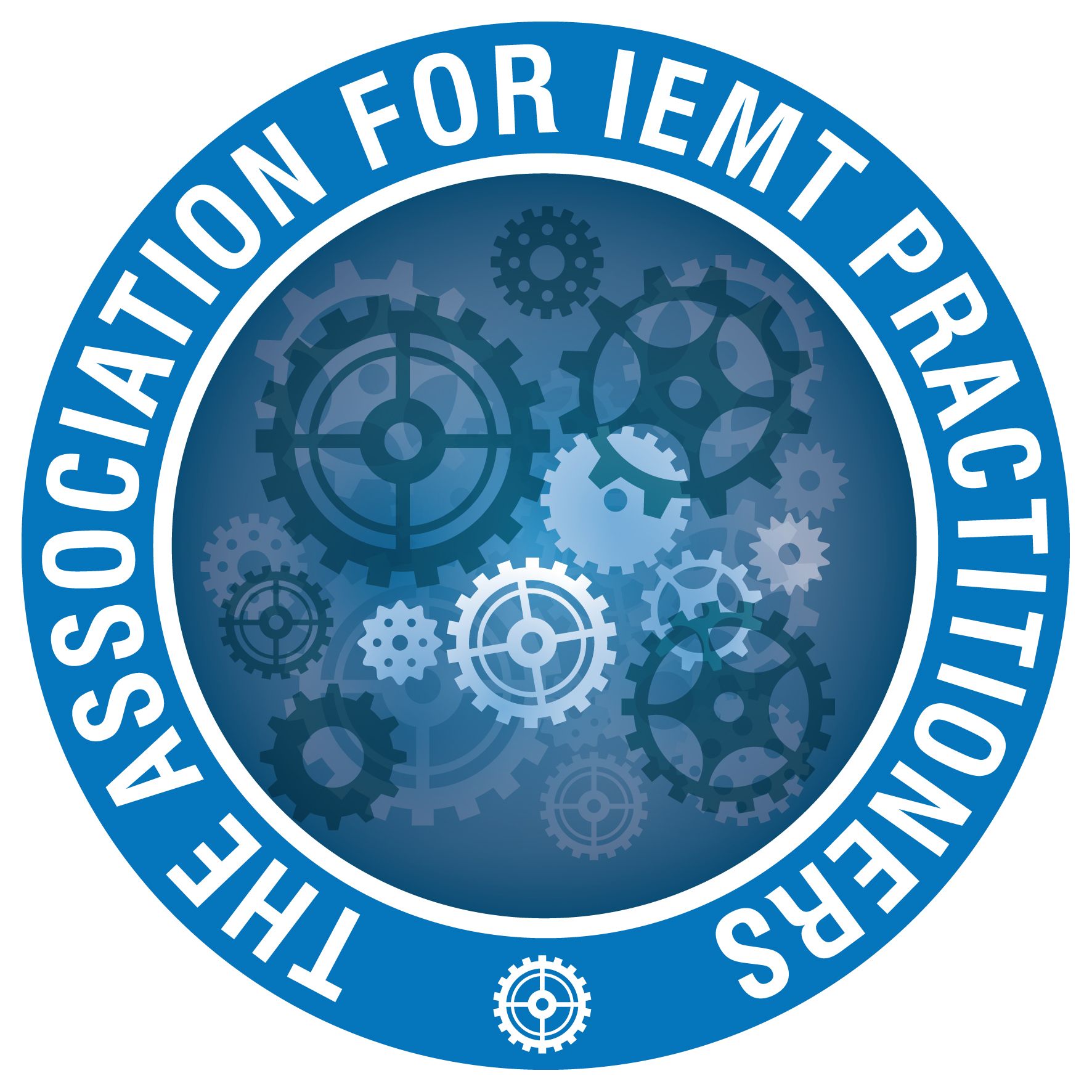The starting point for growth and taking the path out of being stuck in a life of stress, frustration and anxiety is self-awareness. It may seem like the last thing you want to do, but taking a step back and finding space is the tried and tested way to move forwards. Rather than chasing after the things we think will make us happy, it’s time to look inwards and notice what we really need.
Q:
So what do we really need?
A:
To feel safe.
Every human is hard wired to survive and connect with others. Survival is our most powerful instinct and this is managed through our Autonomic Nervous System. If we feel unsafe or threatened our fight or flight survival response is triggered though the Sympathetic Nervous System, and stress hormones are released into our body. This provides us with the immediate resources to get out of danger.
Once the danger has gone, we can head back to the calm place where we feel safe and connected (Ventral Vagus System). It is normal to experience and move between these two states, strong resilience is built upon our ability to readily return to a calm state when there is no longer a threat.
However, if a threat remains or as is more likely in our current world, we think it does, then we stay in this state of alert. This often becomes chronic stress and we remain this way until the body moves into the freeze response (Dorsal Vagal System) to preserve its remaining resources. It’s here that we often feel stuck, shut down emotionally, or fatigued.
This is where developing your awareness comes in; what if you were able to notice these states and learn to take the path back to safety each time?
Here’s a quick recap……
The Calm Place (Safety)
When we feel safe and connected, the ventral vagal system is activated. This system promotes calm, social bonding, and engagement. It’s responsible for regulating heart rate, facial expressions, vocal tone, and other functions that help us connect and communicate with others. This in turn helps us co-regulate our emotions with everyone around us.
How it feels:
When this system is dominant, we feel relaxed, calm, open, and connected to those around us. It’s essential for building trust and forming relationships. We feel compassionate to ourselves and others. Our cognitive brain is working at capacity, we are able to make considered decisions, freely access our creativity and manage frustrations.
Fight or flight (Danger)
We perceive danger or stress, the sympathetic nervous system kicks in to prepare the body for action, either to fight the threat or flee from it. This system speeds up the heart rate, increases adrenaline, and readies the body for a physical response.
How it feels:
The activation of this system leads to feelings of anxiety, fear, anger, or agitation. It is the body’s way of responding to perceived threats by increasing arousal and mobilising energy for survival. Cognitive brain function slows, we no longer pick up voice sounds, our facial expressions signal danger to others, we’re ready to fight or flee and without knowing it are signalling this to everyone around us. This is a state of hyper-vigilance where we are especially sensitive to everything around us and cannot think rationally.
Freeze (Threat)
We perceive the threat as overwhelming and there’s no escape, the dorsal vagal system takes over, leading to a “freeze” or shutdown response. This is the body’s way of conserving energy when in extreme distress or danger.
How it feels:
In this state, people may feel disconnected, numb, immobilised, or dissociated from their surroundings. It can manifest as feeling stuck, shut down emotionally, or fatigued.
Becoming aware of these states and how they feel to you is your starting point for moving forward in life, from here you can work out a way to find safety and make the calm place your dominant state.
We are unable to control what happens around us, but being aware of what’s going on inside gives us a chance of noticing our emotional responses and finding our way back to safety each time - this is resilience. Learning and practicing mindfulness, specifically breathing exercises, and movement will help us return to safety.
Hypnotherapy is a great way to find your calm place, and from here identify and change those unhelpful triggers (mostly unhelpful thoughts) that prevent you from feeling safe. Once you develop this resilience it’s easier to make feeling safe your dominant state and live a better life.
Life is far too short to be dominated by stressful or anxious thoughts, please do contact me for a free consultation if you would like to find a way back to safety.
grow@gavinmoneytherapy.uk
Bibliography:
Dana, D. (2018).
The Polyvagal Theory in Therapy: Engaging the Rhythm of Regulation. New York. W. W. Norton & Company.
Porges, S.W. and Porges, S. (2023).
Our Polyvagal World: How Safety and Trauma Change Us. New York. W. W. Norton & Company.
van der Kolk, B. (2014).
The Body Keeps the Score: Brain, Mind, and Body in the Healing of Trauma. London: Penguin Books.






